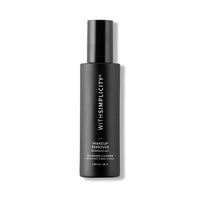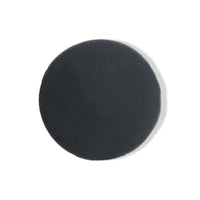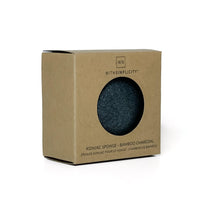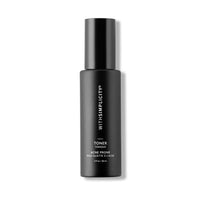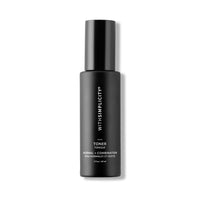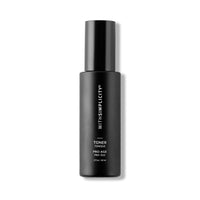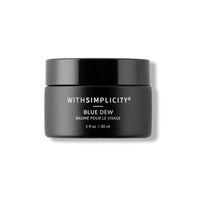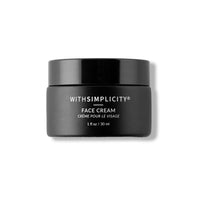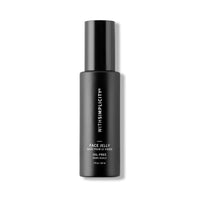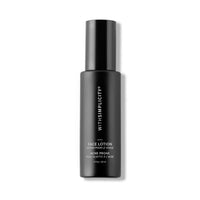Everyday, our skin collects a nasty mixture of dirt, grime, oil, environmental pollutants, makeup, sweat, and more. This combination, when left on your skin, will get into your pores and lead to blackheads, whiteheads, blemishes, cysts, acne, and even bacterial infections. That’s why it is so incredibly important to make sure you’re washing your face correctly.
You've hopefully noticed from all our posts, using just a bar of soap is not going to cut it. Using the right products and techniques won't only clean your skin, but will make sure your skin is prepped to block pollutants and take on the day.
There are 4 general factors that lead to a good skin-cleansing routine: Makeup Removal, Water Temperature, Hands vs. Wash Cloth, Aftercare.
Always Remove your Makeup
Taking your makeup off before bed does not count as washing your face. You need to “double cleanse”, meaning you need to take off all of your makeup using a makeup remover, and then use a cleanser. It's unlikely that just using face wash alone will be enough to remove all of your makeup as well as dirt, oils, and grime. Similarly, makeup remover isn't enough to get rid of all of that either. That’s why you need to use the “double cleanse” method at the end of every (makeup-wearing) day.
Check out our recent blog post to learn more about how to add Double Cleansing to your routine.
What Water Temperature Should I Use to Wash My Face?
Believe it or not, the water temperature you use when washing your face makes a difference.
Hot Water:
Steaming hot water might feel quite relaxing, but it can dry out and strip your skin of healthy, natural oils. If you already have dry skin, this will only further dry out your skin. However, if you already have oily skin and dry out all of those natural oils, it will only prompt your skin to produce even more oils. Hot water also causes damage to the keratin cells on the outermost layer of the skin, preventing them from locking in moisture.
Cold Water:
Cold water is a great way to wake up and refresh your skin. It acts as an astringent and causes your pores to shrink and your skin to retract. This is great if you are trying to reduce puffiness, but it can also lead to bacteria and dirt being trapped in your pores. Cold water also doesn’t effectively wash away everything your skin has collected throughout the day, so when cleansing it is best to avoid colder temperatures.
Winner- Lukewarm Water:
So, what should you wash your face with? The ideal water temperature for washing your face and effectively removing all dirt, bacteria, and grime is lukewarm water. Skin cleansers were made to be used with lukewarm water, needing that temperature of water to achieve the ideal foaminess and balancing out your natural oils.
Should I Use my Hands or Wash Cloth to Wash My Face?
Everyone has different preferences when it comes to washing their face, but no matter what you do, make sure you’re doing it right.
By using a washcloth, depending on the texture and material of the cloth, you can lightly exfoliate your skin. But there’s a fine line between light exfoliation and downright irritation. If you use a cloth, make sure that it's soft and isn't doing more harm than good. While washcloths might do a good job getting dirt and oils out of your pores, they are very likely to collect bacteria. A wet towel is a prime spot for bacteria to thrive. Wash cloths should be washed after every single use to avoid introducing bacteria to your skin.
By using your hands, you can really massage the cleanser into your pores. Your fingers are soft and gentle enough to provide the perfect, mild cleanse. The only problem with using your hands is that they don’t exfoliate your skin.
On top of cleansing, you should exfoliate your skin twice a week, and we recommend doing so with a soft, natural sponge such as the konjac sponge. Not only will this provide a gentle exfoliation without irritation, but it will also eliminate any makeup lingering in your pores. You can also get a charcoal konjac sponge that has antibacterial properties, detoxifying your skin and controlling excess sebum (natural oils).
Always Use a Toner & Moisturizer After Cleansing
The steps you take after you wash your face are equally as important as the cleansing itself.
First, pat your face dry with a clean towel. Second, use a toner to rebalance the pH in your skin. Lastly, apply your favorite moisturizer!
Overall, it's a super simple routine, yet it's extraordinary for your skin.



